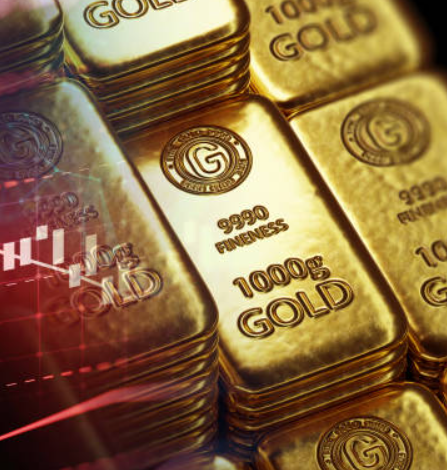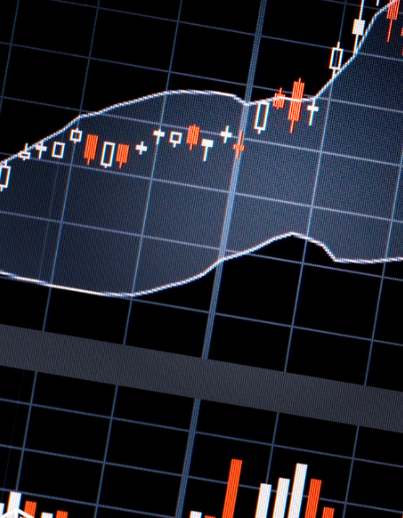Understanding the Pros and Cons of Leverage and Margin Trading

Leverage and margin trading are powerful tools that allow traders to access larger positions with a smaller initial investment. While these methods can significantly amplify potential profits, they also come with increased risks. Understanding the dynamics of leverage and margin trading is essential for anyone looking to venture into these types of trades.
What is Leverage in Trading?
Leverage refers to the ability to control a larger position in the market with a relatively small amount of money in your trading account. It’s essentially a loan provided by your broker to increase your exposure to the market. For instance, with leverage, you can take positions worth much more than your actual account balance.
In retail trading, leverage typically ranges from 5x to 100x or more, depending on several factors:
- The asset traded – Forex trading often comes with higher leverage compared to stocks or cryptocurrencies.
- The broker’s offering – Brokers set leverage limits, which vary based on legal regulations and the type of account.
- Your experience level – More experienced traders may have access to higher leverage than beginners.
- Legal regulations – For example, European regulations introduced in 2018 limit the leverage available to retail traders: 30:1 for major currencies, 20:1 for non-major pairs, and 2:1 for cryptocurrencies.
While leverage allows traders to access larger positions, it’s important to understand that both potential gains and losses are magnified. The greater the leverage, the more substantial the impact of price movements on your account balance.
How Margin Trading Works
Margin trading works by allowing traders to borrow funds from their broker to trade larger positions than what they could afford with their capital alone. Margin is expressed as a percentage of the total trade size and is what you need to deposit to open a leveraged position. For example, a 5% margin allows you to control a position worth 20 times the value of your initial deposit.
The concept of margin trading is closely related to leverage, as the margin is the collateral required to maintain leveraged positions. In markets such as futures trading, this is typically referred to as margin trading, while in CFDs and spread betting, leverage is more commonly discussed.
Example of Trading with and without Leverage
Without leverage, if you have £1,000 in your account and decide to buy 1,000 shares at £1.00 per share, your total investment would be £1,000. If the share price rises by 5%, your position is now worth £1,050, giving you a profit of £50.
When trading with leverage, for instance, with 20x leverage, you could buy 20,000 shares with only £1,000 in margin. If the share price increases by 5%, your position would now be worth £21,000, giving you a profit of £1,000, or 100% on your initial investment. While this illustrates how leverage can multiply profits, it also demonstrates how losses can be similarly amplified.
Benefits of Leverage
- Increased capital efficiency: Leverage allows traders to use only a portion of their capital to control larger positions, freeing up funds for other investments.
- Larger positions: With leverage, traders can take larger positions, increasing the potential for greater profits without needing significant capital.
- Multiplied profits: Leverage magnifies the returns on successful trades, potentially yielding substantial profits with a relatively small initial investment.
Risks of Leverage
Despite its advantages, leverage also presents several risks:
- Larger losses: Just as leverage can amplify profits, it can also significantly magnify losses. A 5% move against your position could wipe out your entire account balance if you’re highly leveraged.
- No ownership of assets: Leverage doesn’t grant you ownership of the assets, unlike buying shares directly. You’re simply trading on price movements.
- Margin calls: If the market moves against you, the broker may require you to deposit additional funds (called a margin call) to keep the position open. If you don’t add the required funds, your position may be automatically closed, often at a loss.
Managing Leverage Risks
When trading with leverage, it’s essential to manage risk effectively. One way to do this is by limiting the percentage of your account balance that you risk on each trade. Many professional traders advise risking no more than 1% of your account per trade. This helps to keep losses manageable and ensures you remain in the game even during a string of losing trades.
For those with smaller trading accounts, it may be tempting to take on more risk to generate higher returns. However, doing so increases the potential for significant losses, so maintaining disciplined risk management practices is crucial.
Conclusion
Leverage and margin trading can offer exciting opportunities to increase market exposure and boost profits, but they also come with significant risks. Understanding how leverage works, recognizing the potential for both amplified profits and losses, and implementing strong risk management strategies are key to successfully navigating leveraged markets. By using leverage wisely, you can maximize your potential returns without risking more than you can afford to lose.




